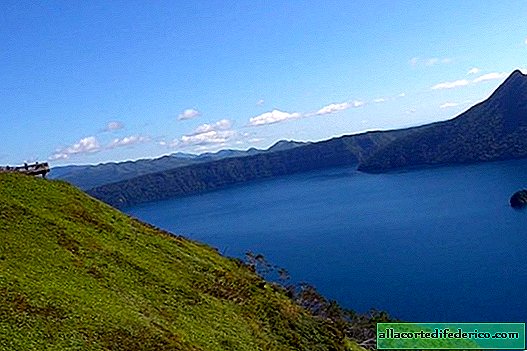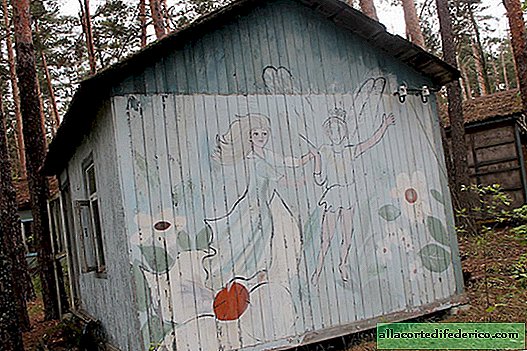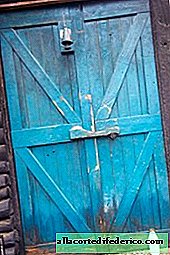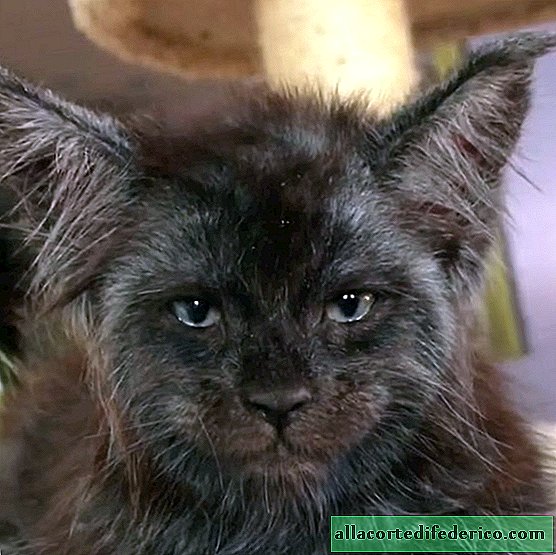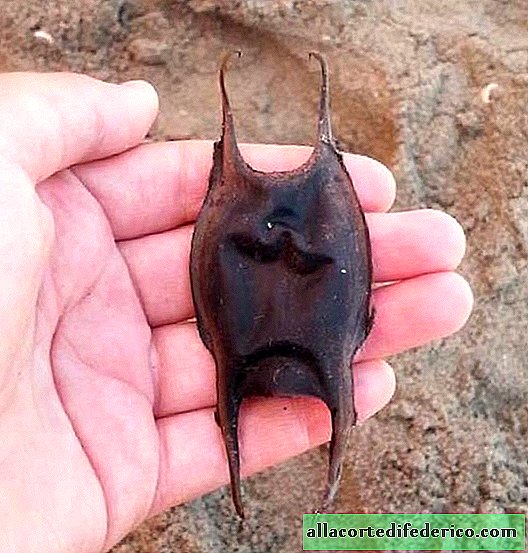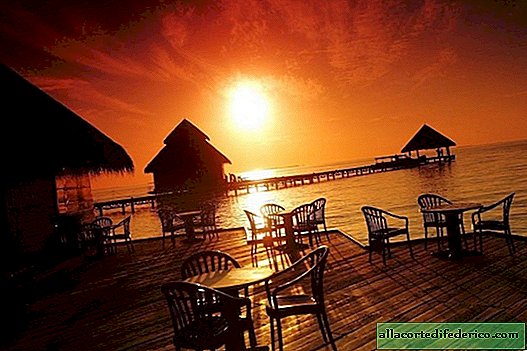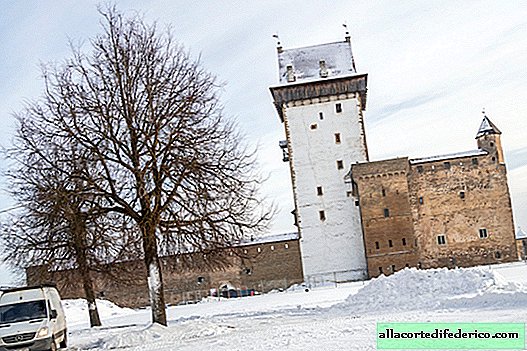Where did tea come from in Sri Lanka
Sri Lanka is usually called the tea island. When you photograph tea leaf pickers with shoulder baskets on mountain plantations and drink a rich English-style milk drink, tea seems to have grown in Ceylon for centuries. The cultivation of tea trees began only in the XIX century in a place called Peradeniya.
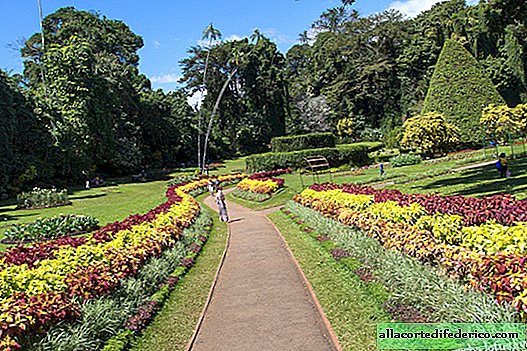
Today Peradeniya, a small town near the capital of the central province of the island, Kandy, is known mainly for one of the largest universities in Sri Lanka and the Royal Botanic Gardens with one of the largest collections of orchids, palm trees, medicinal plants and trees in Asia, numbering more 4000 species. The roots of the park's origins are buried far into the soil of history: when at the end of the XIV century the next monarch ascended the throne of the Kandy kingdom of Sinhala, he moved his court closer to the river, to the land of the present Peradeniya and founded a picturesque resort in a picturesque area for walking and recreation of his beloved queen . His followers did not invent a bicycle and from scratch equip new locations for themselves, but ennobled the park until the end of the 18th century, trumping shady and well-groomed alleys in front of guests of the royal court. With the advent of the British colonialists, a new era began in the history of Peradeniya, thanks to the British, botanical gardens now attract over 2 million visitors each year, and Sri Lanka is one of the main exporters of tea.


The Royal Botanic Gardens of Peradeniya officially date back to 1843, when the British planted many trees and plants, some of which were brought from Colombo and the surrounding area, and some sailed from London itself, from the famous Kew Gardens to this day. The next head of the gardens, George Gardener (it’s difficult to think of a better name and vocation match) brought from his expedition from Brazil trial samples of seedlings of rubber and quin wood, which later became a real blessing from above for the island's economy.

Coffee, tea, nutmeg, rubber, coconut and the quinine tree bark, from which the substance quinine, which helps treat malaria, was obtained, became the main export products of Sri Lanka. Everything was tested in the gardens of Peradeniya before the British discovered that tea trees feel great in the mountain climate of Nuwara Eliya, where the main tea factories are now located. Otherwise, the history of Peradeniya does not shine with striking events, the park continued to expand, ennobled, except that during the Second World War it housed a stronghold of the headquarters of the combined armed forces in Southeast Asia.

For some reason, it is customary for us to arrange small zoos or mini-farms on the territory of park complexes so that children can stick on horses, feed deer or goats, dream of cuddling rabbits and chasing patient ducks. And to present squirrels with stocked nuts is an eternal classic. Local Sri Lankan chipmunks are not particularly eager to contact, no one will let elephants into the Peradeniya gardens - they are so free to walk along the roads that pass through the territory of national parks. The Royal Botanic Gardens have been chosen by flying foxes.

In hot weather during the day, chanterelles recklessly sleep upside down and only occasionally fly from branch to branch.

Tired of the heat, you run to rest in the shade, and as soon as you relax, sitting on a massive root, and feel like an English gentleman, making a promenade before the next tea party on a schedule, the Sri Lankans materialize and take out a typical lunch from bags: “koloboks” made from rice with vegetables, wrapped in newspaper. Why not a bowl or plastic container, in which there is no shortage, I still do not understand. Sticky rice with a characteristic odor goes into the mouth with your hands, they feed their babies like chicks. No, I’ve seen everything: and how intelligent Indians in suits eat with their hands, as it has long been customary, too. But Sri Lankan rice buns, brrrr, still shudder when I remember.

The gigantic Guanian kurupites are often confused with sal trees, in the grove of which in Lumbini, now in the territory of Nepal, according to legend, Buddha Shakyamuni, prince Siddhartha Gautama, was born. Be that as it may, Guaniana kurupita is traditionally found near Shaivite temples in India, around Buddhist temples in Thailand and Sri Lanka. Especially Sri Lankans honor a tree planted in 1901 by the British king George V and Queen Mary. Tree and tree - not sequoia and not baobab, why wonder? In addition to its scientific botanical name, kurupita is known as a tree of cannonballs due to its fruits.

Solid fruits of a round shape and the size of a small unripe coconut grow in an unusual way: not on the branches, but hanging from clusters of thick shoots on the trunk. Fruits are also compared to cannonballs not because of their shape - falling to the ground after ripening, they burst with a roar. Cracking, the fruit exudes a nasty and nasty smell, nevertheless attracting animals who do not disdain to taste the flesh and then, through their excrement, spread kurupita seeds around.


Children - they are children in Sri Lanka. We found a tree where thick branches hang close to the ground, and let's climb under the supervision of parents.

Do you often go to botanical gardens? I have acquaintances who loved to visit the garden in St. Petersburg almost every weekend, and not for the sake of a special occasion - a rare species of cactus blossomed, for example, just like that, walk among plants, take leaves and pistils and stamens with a VSCO filter for instagram. But what if the local version of the Dutch Keukenhof, called the Tulip Festival, gathers an extensive audience from year to year. And the soul requires something more exotic, and if not rafflesia, then a minimum of orchid diversity.

So in the pavilion with orchids in Peradeniya we were stuck for a long time. Some species remind me of dragonfly-like fairytale insects, which could well adorn the fauna of the planet Pandora.

A cynical photomaniac would grit through my teeth: “And why did you go there with your universal travel zoom without a tripod, macro lens and reflectors? I suppose you’ll write to your subscribers later, they say, who needs the wallpaper, take it apart, I don’t mind.”


The diversity of the flora of the gardens from a scientific point of view will be appreciated by a true botanist who is devoted to his calling and for all other visitors to Peradeniya - a spacious, well-groomed park where it is pleasant to wander, holding hands and hiding from time to time in the shade of sprawling tree branches. So he asks to screw up the typical turnovers “to escape from the city bustle” and “to be in the bosom of nature”. But sorry, sir, Kandy, of course, by Sri Lankan standards, a rather large city. Not a dusty and huge Colombo, but quite drowning in greenery. And although the canonical Asian movement is felt on the streets there, the Sri Lankans, without suffering from a lack of sun and heat, still behave very relaxed. Therefore Peradeniya is an occasion for them to take a walk without the noise of cars and tuk-tuk, and for couples in love - the opportunity to retire and embrace in a distant arbor.

If you decide to spend a day or two in Kandy, then Peradeniya is the obvious choice for a good time. And getting to it, as elsewhere in Sri Lanka, will not be difficult - locals will be happy to tell you the number of the bus, and the tuk-tuker will dance with happiness if you ride on its tarantai.

